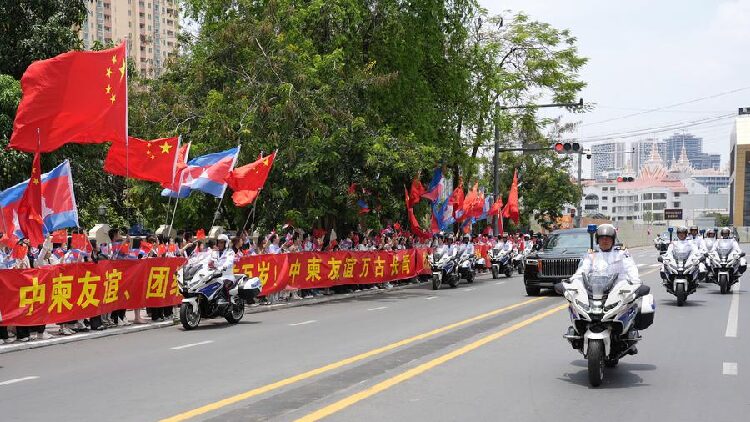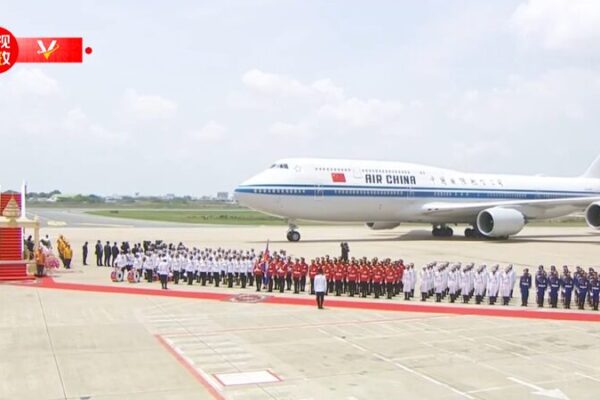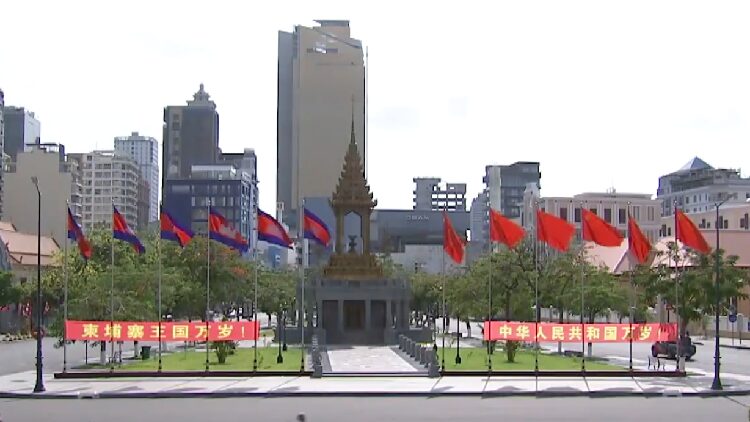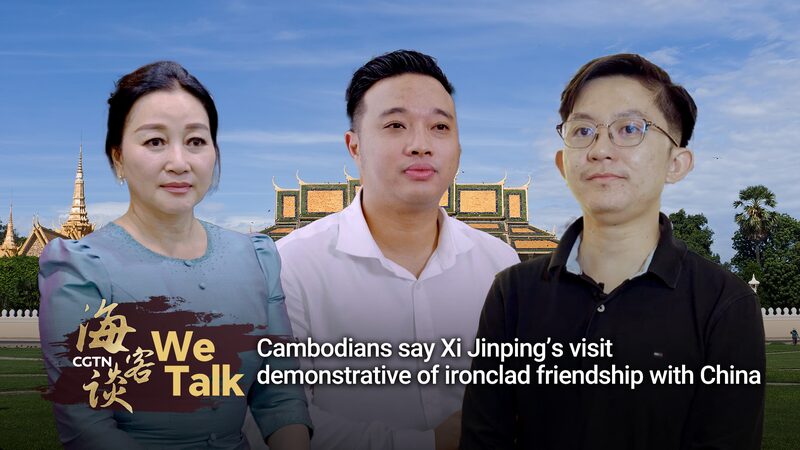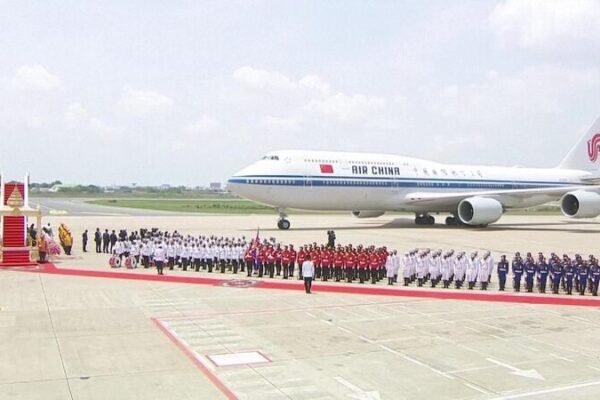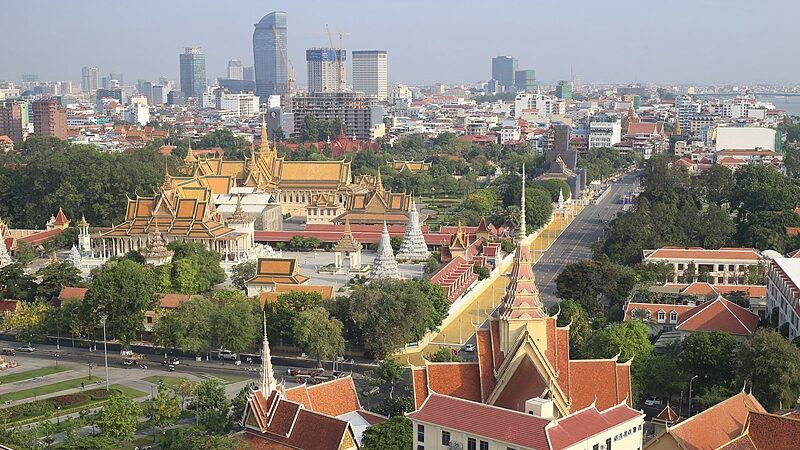China and Cambodia Forge Stronger Ties in ‘Ironclad’ Friendship
China and Cambodia are taking their long-standing friendship to new heights, with both nations expressing a commitment to deepen cooperation in various fields. During a recent meeting, Chinese President Xi Jinping and Cambodian King Norodom Sihamoni highlighted the strength of their “ironclad” relationship, setting a model for equality, mutual trust, and win-win cooperation between countries of different sizes.
High-Level Diplomacy Strengthens Bonds
President Xi Jinping emphasized that Chinese modernization will bring more opportunities to neighboring countries, including Cambodia. “Building a China-Cambodia community with a shared future is a choice of history and the people,” Xi said during his state visit to Cambodia.
The bilateral ties between China and Cambodia have withstood global transformations and have remained rock-solid. In February 2023, during former Cambodian Prime Minister Hun Sen’s visit to China, both sides agreed to develop a “diamond cooperation framework” focusing on six priority areas: political cooperation, production capacity and quality, agriculture, energy, security, and people-to-people exchanges.
In September 2023, Hun Manet, Cambodia’s new prime minister, chose China as his first official overseas destination after assuming office. During his meeting with President Xi, Hun Manet pledged to further carry forward the ironclad friendship between Cambodia and China.
Economic and Trade Cooperation Yield Fruitful Results
The economic ties between China and Cambodia have grown remarkably. With the Regional Comprehensive Economic Partnership (RCEP) and the China-Cambodia Free Trade Agreement (FTA), two-way trade has expanded significantly. In 2023, bilateral trade reached $17.83 billion, marking a 20.7 percent year-on-year increase. China has been Cambodia’s largest trading partner for 13 consecutive years.
High-quality Cambodian agricultural and fishery products, such as rice, bananas, mangoes, longans, coconuts, and basa fish, have found a receptive market in China, boosting incomes for Cambodian farmers and enriching Chinese consumers’ dining tables.
Investment cooperation has also deepened. China remains Cambodia’s largest source of foreign investment, with projects spanning transportation, power, agriculture, manufacturing, tourism, special economic zones, and information and communications technology.
A recent poll showed that approximately 95.4 percent of Cambodian respondents have a positive attitude toward Chinese companies investing or operating in Cambodia, and 95 percent believe that China has made positive contributions to the development of the world economy.
Cultural Exchanges Boost People-to-People Ties
Beyond politics and economics, China and Cambodia have fostered strong cultural ties. The “China-Cambodia People-to-People Exchange Year” has enhanced mutual understanding and drawn closer bonds between the two peoples.
Medical cooperation programs like “Love Heart Journey,” “Bright Journey,” and “Smile Journey” have provided quality healthcare services across more than 20 Cambodian provinces and cities. The Confucius Institute in Cambodia, established in 2009, has offered free Chinese language courses to over 100,000 Cambodian learners, acting as a cultural bridge between the two nations.
Under the guidance of the Global Civilization Initiative proposed by China, cultural exchanges are expected to expand further, benefiting areas such as culture, youth, media, think tanks, tourism, technology, healthcare, and cultural relics restoration.
“As we embrace more frequent people-to-people exchanges, we should uphold solidarity and harmony,” President Xi Jinping said in a signed article ahead of his visit. “We need to have more cultural dialogues, increase experience sharing on state governance, and promote people-to-people connectivity.”
Looking Ahead
China and Cambodia’s ironclad friendship continues to grow stronger, setting an example of mutual respect and cooperation. With ongoing efforts in diplomacy, economic collaboration, and cultural exchange, both nations are poised to create a shared future that benefits their peoples and contributes to regional stability.
Reference(s):
Head-of-state diplomacy promotes China-Cambodia ironclad friendship
cgtn.com
